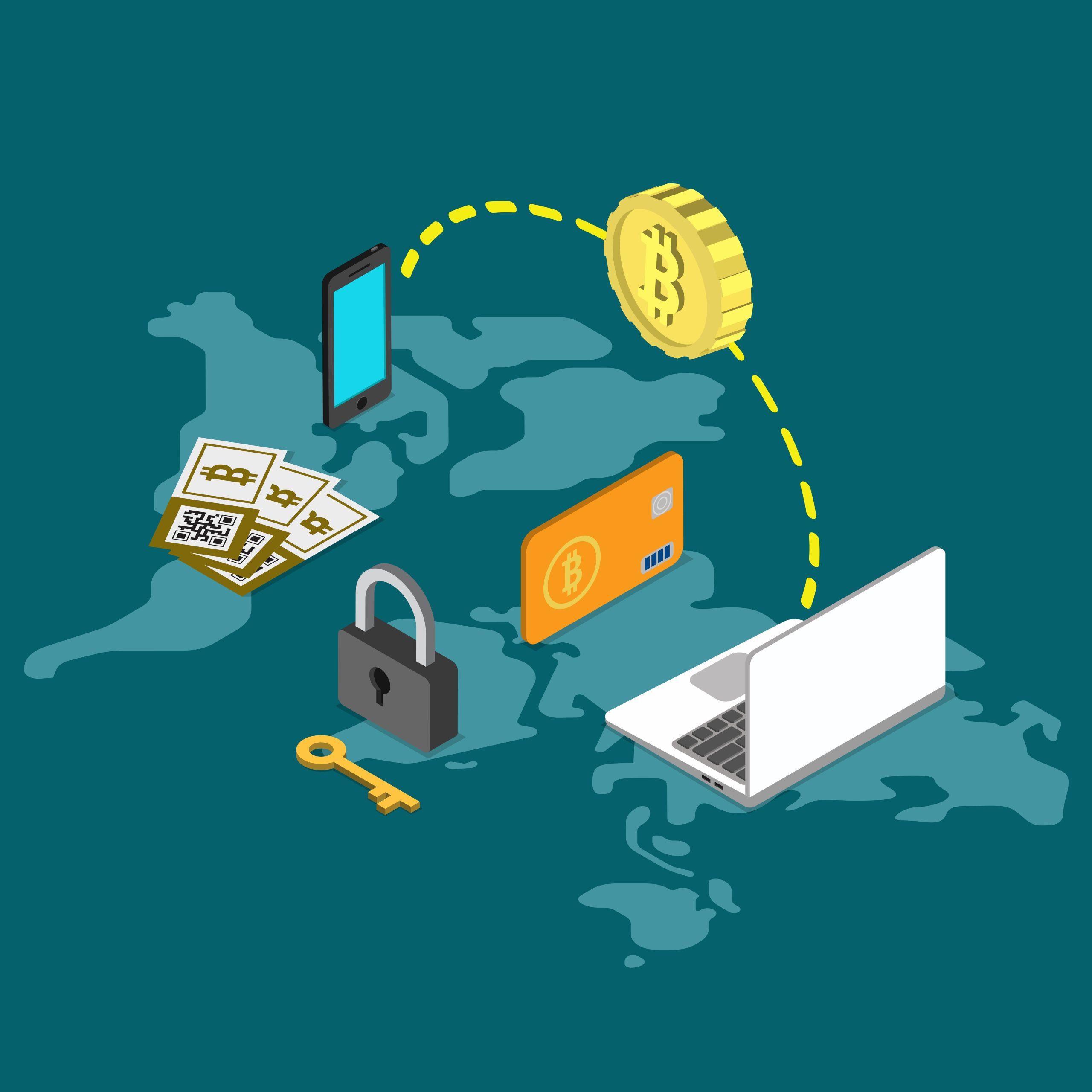Remittance solutions have become very essential for companies doing cross-border transactions in the globally linked economy. Your bottom line will be much affected by the remittance method you pick whether you are a business owner trying to pay partners, staff, or foreign suppliers.
Digital alternatives that offer quicker, more affordable, and more efficient choices are challenging the conventional means of moving money as technology develops.
In 2022, the global digital remittance market had a total revenue of $19.2 billion, with $11.5 billion from outward remittances and $7.7 billion from inward remittances.
In this post, we will discuss the distinctions between conventional and digital remittance solutions, with an eye on how each approach could help you in reducing remittance cost.
Introduction to Remittance Solutions
Remittances are money sent from one party to another, often across borders. For companies, this may include managing any other kind of foreign transaction, paying foreign workers, or forwarding money to foreign vendors. While digital options include online money transfer services, mobile payment applications, and blockchain-based systems, the conventional ways for these transactions are bank wire transfers, money orders, and cheques.
Traditional Remittance Solutions
For decades, international money transfers have largely revolved around conventional remittance software system. Let’s examine some of the most often-used classical techniques more closely.
● Bank Wire Transfers
The most well-known method for transferring money abroad is probably bank wire transfers. Since banks are controlled entities and the procedure entails numerous stages of validation, they are deemed safe. However, with costs ranging from $20 to $50 for each transaction, these moves may be expensive. Banks’ usually less favorable exchange rates further drive the transfer’s cost.
● Money Orders and Checks
Other conventional means of delivering money across borders include money orders and cheques. Often slower, these techniques process in many days or even weeks. Although money orders have fewer fees than bank wire transfers, given the time delay and possibility of lost or stolen checks, they nevertheless incur major expenses.
● Cash-Based Services
Cash-based remittance options let you transfer money to those who can pick it up personally. Although handy for the receiver, these services include significant fees—often a percentage of the sum sent—along with less preferred exchange rates
Digital Remittance Solutions
Emerging as a good substitute for conventional methods, the digital international remittance platform offers several benefits that enable you to save expenses and increase effectiveness. Let’s review some of the most often-used digital remittance choices.
● Online Money Transfer Services
Because of their simplicity and economy, online money transfer companies have become somewhat well-known. Usually charging less than established banks, these sites provide better exchange rates. They also often provide swift or near-instant transfers, which makes them appealing to companies that have to shift money fast.
● Mobile Payment Apps
Entering the B2B market are mobile payment applications Venmo, Cash App, and Revolut, which provide even another degree of business ease. Usually with little costs and quick processing periods, these applications let you transfer money straight from your smartphone. Originally intended for peer-to-peer transactions, several of these applications now include business accounts with tools catered to corporate requirements.
● Blockchain and Cryptocurrency Solutions
The remittance business is being transformed by blockchain technologies and cryptocurrencies such as Bitcoin and Ethereum. These technologies save expenses by removing the middlemen and provide a distributed approach to money transmission.
Usually quicker and safer than conventional techniques, blockchain transactions provide total transparency, allowing you to instantly trace your money. Though still relatively new, these solutions are becoming popular, especially among tech-savvy companies trying to simplify their processes.
Choosing the Right Remittance Solution for Your Business
When deciding between traditional and digital remittance solutions, there are several factors to consider:
● Cost
For most companies, pricing takes the front stage. Even while digital solutions usually provide better exchange rates and lower costs, it’s crucial to evaluate the whole cost of any choice including any unstated expenses.
● Speed
If quick transfers are necessary for your business, digital solutions usually make the superior option. While many modern channels provide instantaneous or same-day transactions, traditional methods might take days to complete.
● Security
Both conventional and digital answers provide security in different degrees. Highly controlled banks and cash-based services provide a safe method of money transmission. However, digital channels also include strong security measures like two-factor authentication and encryption to guard your money.
● Accessibility
Think about how easily each choice will be available for your receivers and for you. More accessible digital platforms usually let you handle purchases from your computer or smartphone. Conventional approaches might call for extra work, including visiting a bank or money transfer agency.
● Transparency
Managing your business’s finances calls for openness. Digital solutions, which may provide real-time monitoring and thorough transaction logs, make monitoring your money simpler. Less openness provided by conventional approaches might cause ambiguity.
● Customer Support
Think about the degree of customer assistance any alternative provides. While digital platforms generally provide online or phone-based help, traditional banks and money transfer companies usually give in-person support. Select the one that most satisfies your consumer service requirements.
Conclusion
When comparing traditional versus digital remittance solutions, one finds that while conventional approaches have long served companies well, digital solutions have major benefits in terms of cost, speed, openness, and accessibility.
Carefully assessing your business’s requirements and keeping current with the most recent advancements in remittance technology will enable you to choose the solution that most fits your situation and help you save remittance expenses. Maintaining a competitive advantage in the worldwide market will depend on being receptive to new technology and techniques as the terrain develops.


